Smart Tips to Transform Small Spaces with Interior Design by Hashtagdesignstudio
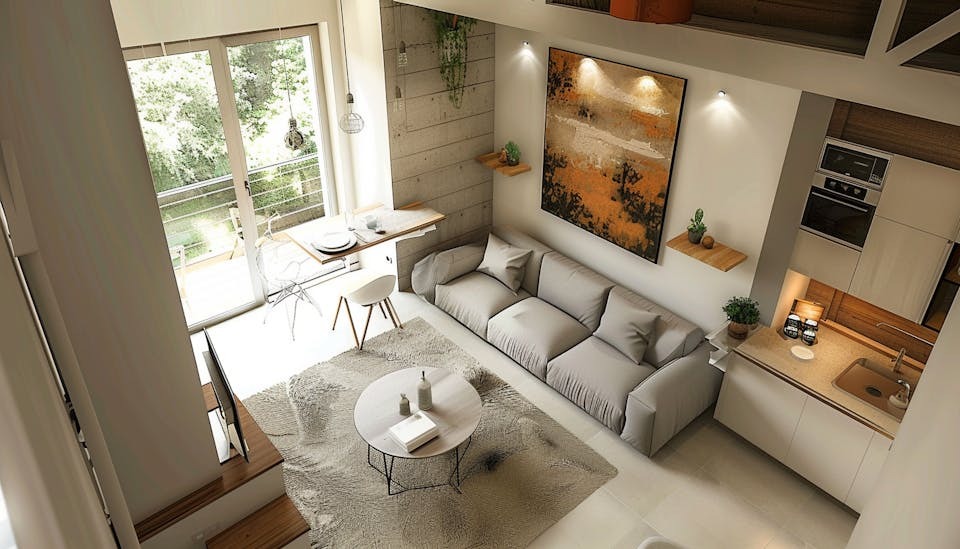
Are you struggling to make the most out of your small living space? You’re not alone. In today’s urban landscape, many people are dealing with limited square footage. The good news is that with the right interior design strategies, you can transform even the tiniest of spaces into functional and aesthetically pleasing areas. In this blog post, we will share some smart tips to help you achieve the best interior design for small spaces.
Visit our portfolio at Best Interior Design to see how we have transformed various small spaces.
1. Use Multi-functional Furniture
One of the best ways to maximize the space in a small room is by using multi-functional furniture. Think of a sofa that can turn into a bed or a coffee table with storage compartments. Multi-functional furniture helps you save space and adds to the functionality of your home. For more furniture ideas, check out our blog on Innovative Furniture Solutions.
Benefits of Multi-functional Furniture
- Space Saving: Multi-functional furniture is designed to be compact and offer multiple uses, making it ideal for small spaces.
- Cost-Effective: Instead of buying separate pieces for different functions, you can save money by investing in multi-functional furniture.
- Versatility: Multi-functional furniture can adapt to different needs. For instance, a sofa bed can be used as a couch during the day and a bed at night.
Examples of Multi-functional Furniture
- Sofa Beds: Perfect for living rooms that double as guest rooms.
- Expandable Dining Tables: Can be compact for everyday use and extended for gatherings.
- Ottoman Storage: Provides seating, a place to rest your feet, and hidden storage.
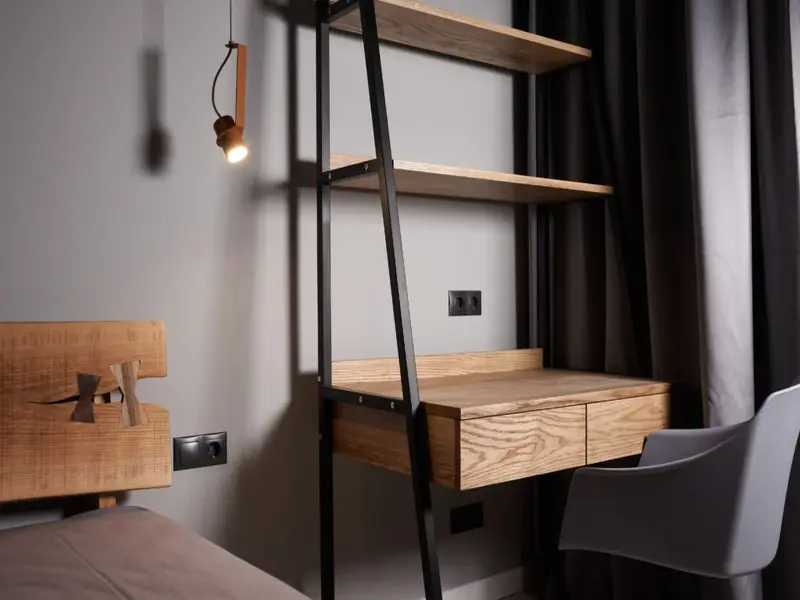
2. Opt for Light Colors
Light colors can make a room feel larger and more open. Shades like white, beige, and light pastels reflect light better and create an airy feel. Consider painting your walls and ceiling a light color to maximize the sense of space. For more tips on color schemes, visit our post on Choosing the Right Colors.
Why Light Colors Work
- Light Reflection: Light colors reflect more light, making a room appear brighter.
- Spatial Illusion: Light colors can create the illusion of more space.
- Neutral Backdrop: Light colors provide a neutral backdrop that can be easily accessorized with different decor elements.
Tips for Choosing Light Colors
- White: A classic choice that goes well with any decor style.
- Pastels: Soft hues like baby blue, pale pink, and mint green can add a touch of color without overwhelming the space.
- Monochromatic Schemes: Using different shades of the same color can add depth while maintaining a light feel.
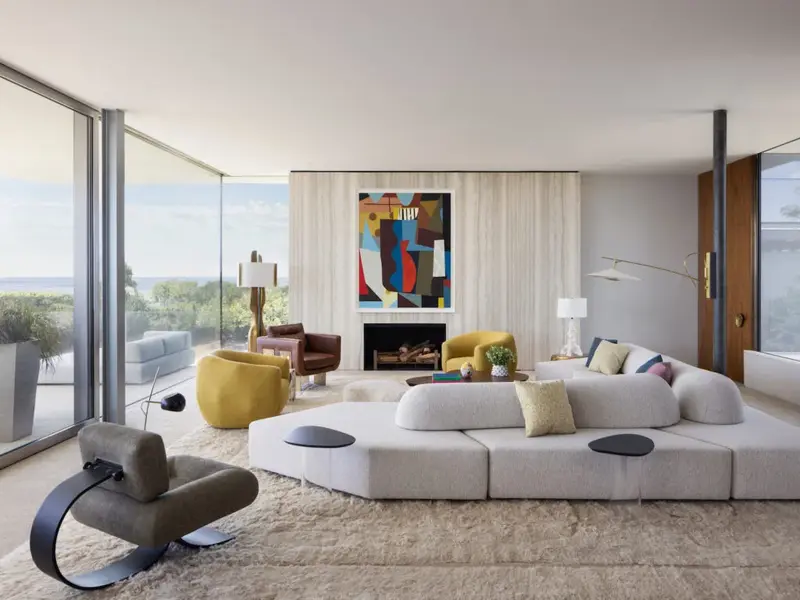
3. Utilize Vertical Space
When floor space is limited, look up! Utilizing vertical space can help you store more without cluttering your home. Install shelves, hooks, and cabinets high up on your walls. This not only adds storage but also draws the eye upward, making the room feel taller. Learn more about clever storage solutions in our blog on Smart Storage Ideas.
Advantages of Vertical Storage
- Maximizes Space: Makes use of underutilized wall space.
- Reduces Clutter: Keeps items off the floor, giving a cleaner look.
- Accessibility: Easy to organize and access items.
Vertical Storage Ideas
- Wall Shelves: Perfect for books, decor, and everyday items.
- Tall Cabinets: Ideal for storing kitchen supplies, linens, and more.
- Pegboards: Versatile for use in kitchens, garages, and craft rooms.
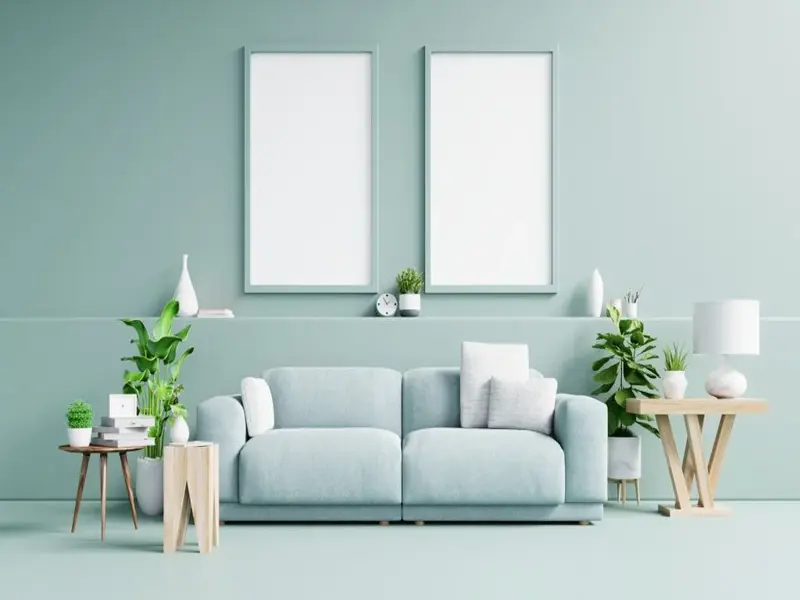
4. Mirrors are Your Friend
Mirrors can create the illusion of more space by reflecting light and views. Placing a large mirror opposite a window can make the room appear brighter and larger. Check out our detailed guide on how to use mirrors effectively in the blog Using Mirrors in Interior Design.
Benefits of Using Mirrors
- Illusion of Space: Mirrors reflect the room, making it seem larger.
- Light Reflection: Mirrors bounce light around the room, brightening it up.
- Aesthetic Appeal: Can serve as decorative elements.
Tips for Using Mirrors
- Large Mirrors: Place a large mirror on a focal wall to create depth.
- Mirror Tiles: Use mirror tiles creatively to add a unique touch.
- Framed Mirrors: Choose frames that complement your decor style.
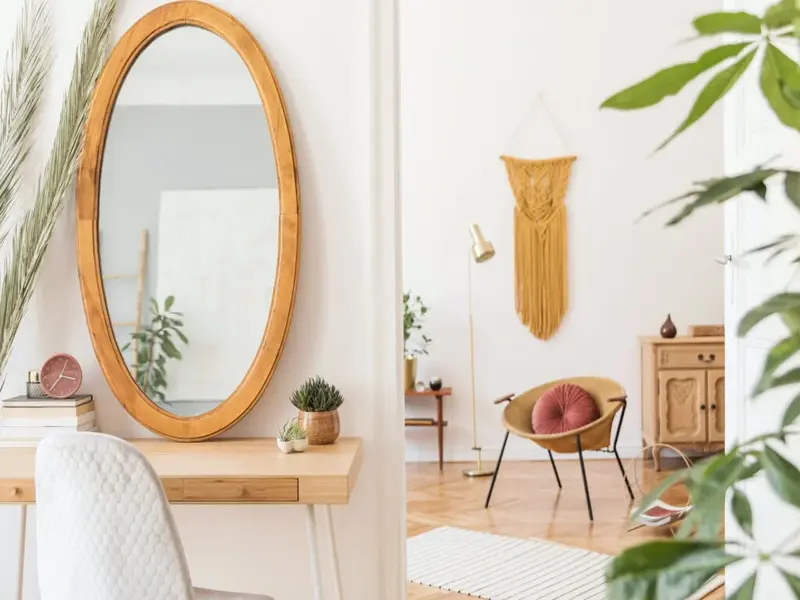
5. Keep it Simple
Clutter can make a small space feel even smaller. Keep your design simple and clean. Opt for minimalistic decor and avoid overcrowding the room with too many pieces of furniture or accessories. For more minimalistic design tips, read our post on Minimalist Home Design.
Minimalism Benefits
- Less Clutter: Creates a more organized and clean look.
- Stress Reduction: A clutter-free space can reduce stress and increase comfort.
- Focus on Essentials: Helps you focus on essential items and decor pieces.
Simple Design Tips
- Fewer, Larger Items: Opt for fewer decor pieces but choose larger items to make a statement.
- Neutral Palette: Stick to neutral colors with a few pops of color for interest.
- Functional Decor: Choose decor that serves a functional purpose, like storage baskets.
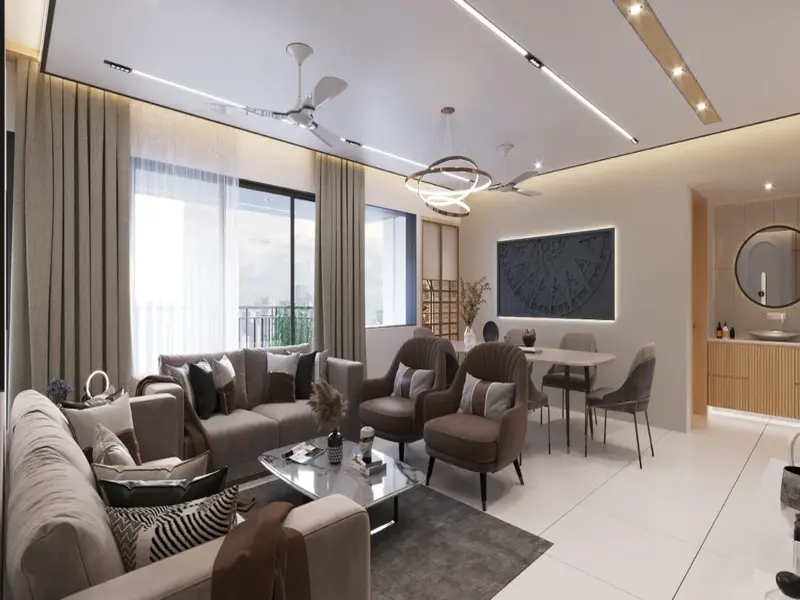
6. Use Rugs to Define Spaces
Rugs can be a great way to define different areas within a small space. For instance, a rug can help distinguish the living area from the dining space in a studio apartment. Explore more on how rugs can enhance your home in our blog Using Rugs in Small Spaces.
Benefits of Area Rugs
- Defines Spaces: Helps in segregating different functional areas.
- Adds Warmth: Adds a cozy feel to the space.
- Dampens Noise: Reduces noise levels in a small area.
Tips for Using Rugs
- Size Matters: Ensure the rug is proportionate to the space.
- Layering: Use multiple rugs to add texture and interest.
- Patterns and Colors: Choose patterns and colors that complement the overall decor.
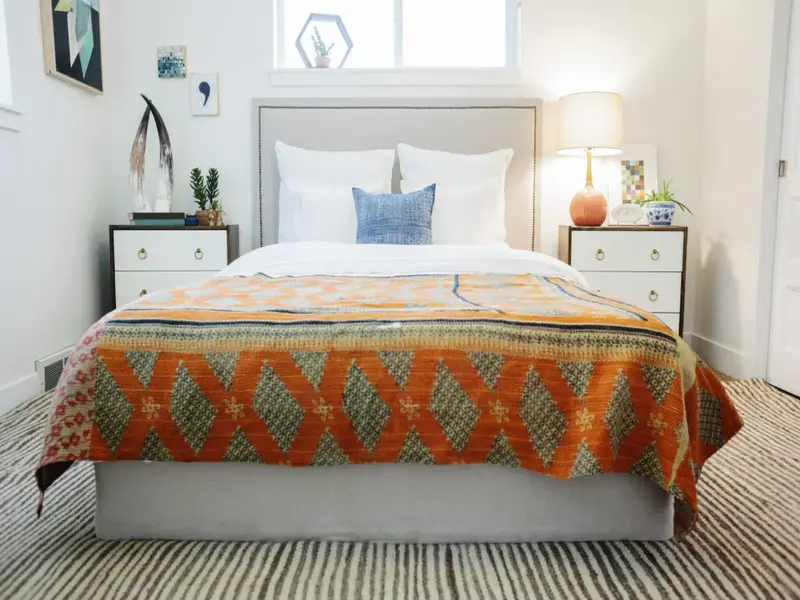
7. Optimize Lighting
Good lighting can make a big difference in how spacious your home feels. Use a combination of natural light, ambient lighting, and task lighting to create a well-lit environment. Ceiling lights, floor lamps, and wall sconces can help brighten up the space effectively. Find out more about optimizing lighting in our post Lighting Tips for Small Spaces.
Importance of Good Lighting
- Enhances Space: Proper lighting makes the area look bigger and more inviting.
- Improves Functionality: Helps in performing tasks more efficiently.
- Aesthetic Appeal: Adds to the overall decor and mood of the space.
Lighting Tips
- Natural Light: Maximize natural light by using sheer curtains or blinds.
- Layered Lighting: Combine different types of lighting for a balanced look.
- Reflective Surfaces: Use mirrors and shiny surfaces to reflect light.
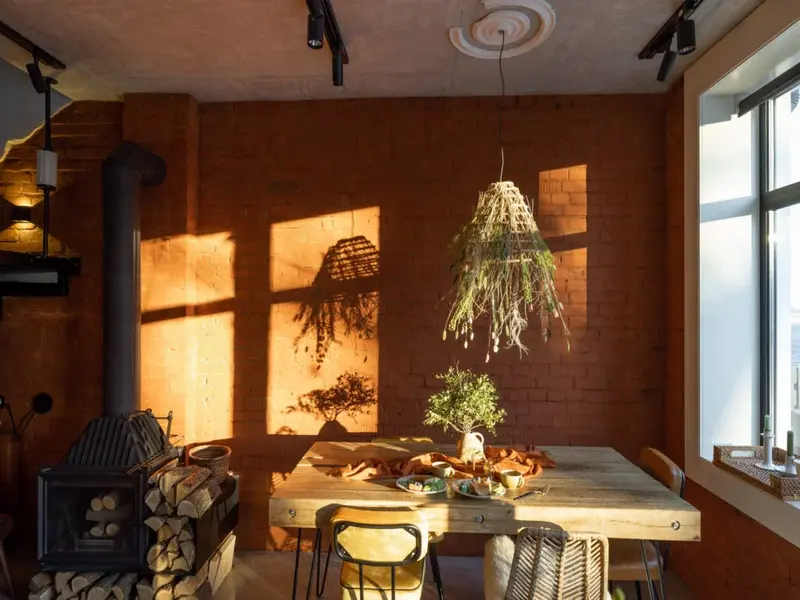
8. Invest in Custom Furniture
Custom furniture can be designed to fit perfectly into your small space, making it more functional and stylish. Whether it’s built-in wardrobes or custom shelving, tailor-made furniture can help you make the most out of every inch. For inspiration, visit our showcase on Custom Furniture Designs.
Advantages of Custom Furniture
- Perfect Fit: Designed to fit your specific space and requirements.
- Unique Design: Offers unique design options that aren’t available in standard furniture.
- Maximized Functionality: Tailored to meet your specific needs and preferences.
Custom Furniture Ideas
- Built-in Storage: Custom wardrobes, bookshelves, and cabinets.
- Convertible Furniture: Custom designs that offer multiple functions.
- Personalized Pieces: Furniture pieces that reflect your style and needs.
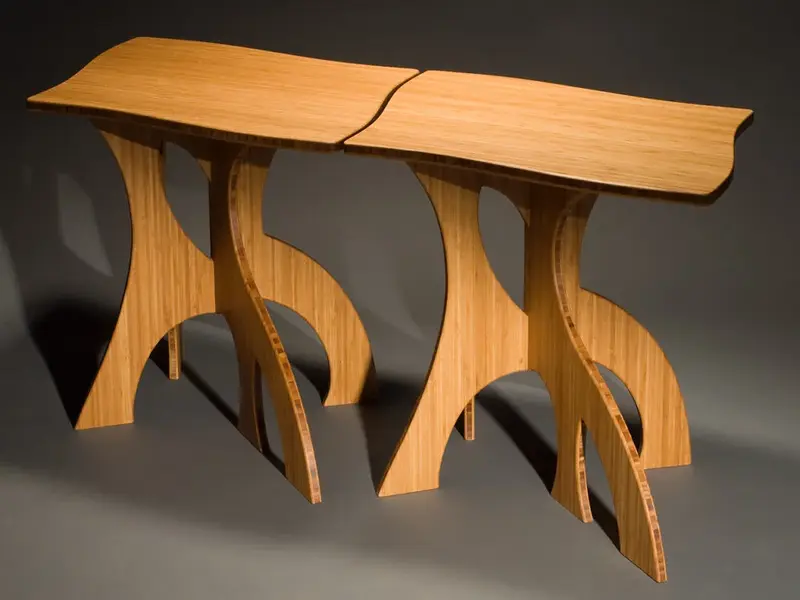
9. Floating Furniture
Floating furniture, like wall-mounted desks and shelves, free up floor space and create a more open and airy feel. This can be particularly useful in small rooms where every inch counts. Explore more ideas in our blog on Floating Furniture Concepts.
Benefits of Floating Furniture
- Space-Saving: Frees up valuable floor space.
- Modern Look: Provides a sleek and contemporary aesthetic.
- Flexibility: Can be placed at any height, offering more flexibility in design.
Floating Furniture Examples
- Wall-Mounted Desks: Ideal for home offices in small spaces.
- Floating Shelves: Perfect for display and storage without taking up floor space.
- Floating Vanities: Adds a modern touch to bathrooms and frees up floor space.
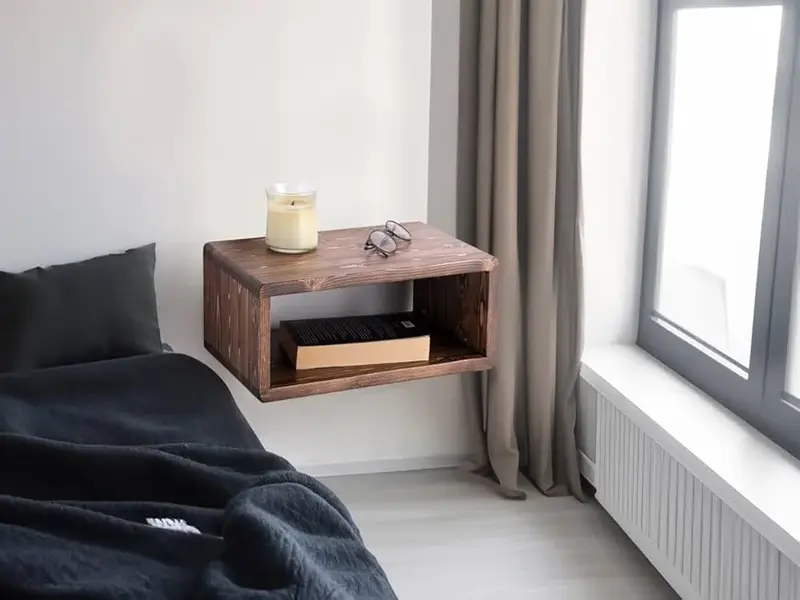
10. Add Greenery
Plants can add life to any space, no matter how small. Opt for small potted plants or hanging planters to introduce a touch of nature into your home without taking up much space. Discover more about incorporating greenery in our article Greenery in Small Spaces.
Benefits of Adding Plants
- Air Quality: Helps in purifying indoor air.
- Aesthetic Appeal: Adds a natural and calming element to the decor.
- Mental Health: Can improve mood and reduce stress.
Plant Ideas for Small Spaces
- Small Potted Plants: Succulents, cacti, and small ferns.
- Hanging Planters: Perfect for kitchens, bathrooms, and living rooms.
- Vertical Gardens: Wall-mounted planters that maximize vertical space.
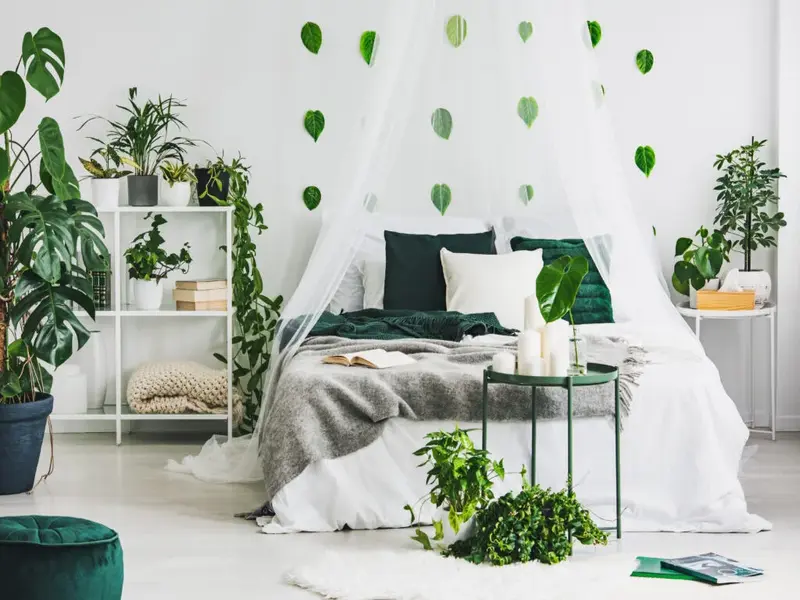
Additional Tips for Transforming Small Spaces
11. Create Zones
Even in a small space, creating distinct zones for different activities can make your home more functional. Use furniture, rugs, and lighting to delineate areas for sleeping, dining, working, and relaxing.
Why Zoning Works
- Organization: Keeps different activities organized.
- Aesthetic Appeal: Adds structure and improves the flow of the space.
- Functionality: Makes the space more functional and versatile.
Zoning Tips
- Furniture Placement: Use furniture to create natural boundaries.
- Rugs: Use rugs to define different zones.
- Lighting: Different types of lighting can help create distinct zones.
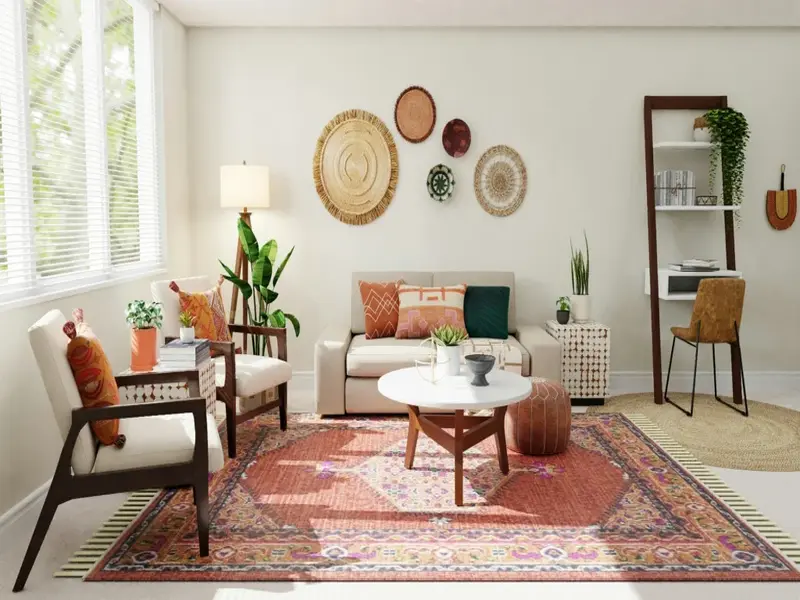
12. Maximize Storage
In small spaces, storage is often a challenge. Look for creative ways to add storage without compromising on style. Built-in cabinets, under-bed storage, and multi-functional furniture can all help maximize your storage options.
Storage Solutions
- Built-In Cabinets: Custom-built cabinets make the most of available space.
- Under-Bed Storage: Utilize the space under your bed for storing items.
- Storage Baskets: Stylish baskets can be used for organizing and storing items.
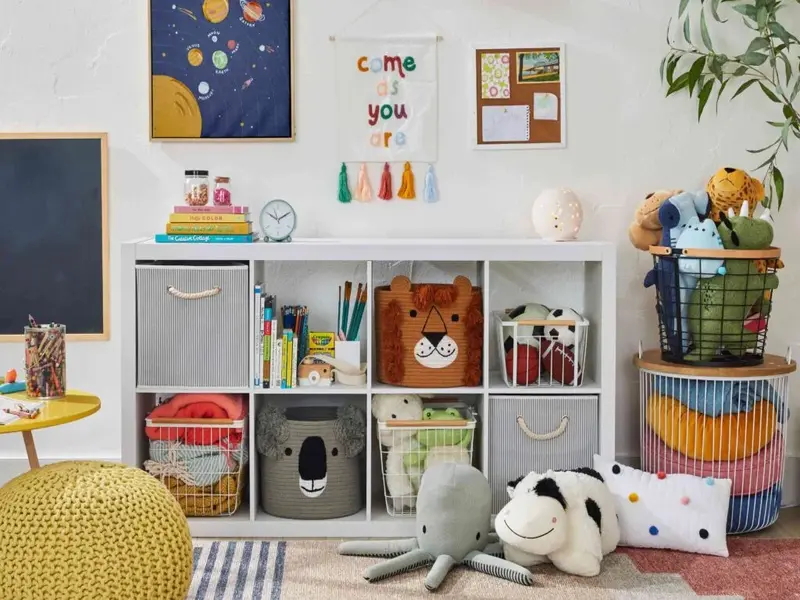
13. Use Sliding Doors
Sliding doors are a great space-saving alternative to traditional swinging doors. They take up less space and can add a modern touch to your home. Consider using sliding doors for closets, bathrooms, and even as room dividers.
Benefits of Sliding Doors
- Space-Saving: Takes up less floor space compared to swinging doors.
- Modern Look: Adds a contemporary aesthetic.
- Versatility: Can be used in various settings, from closets to room dividers.
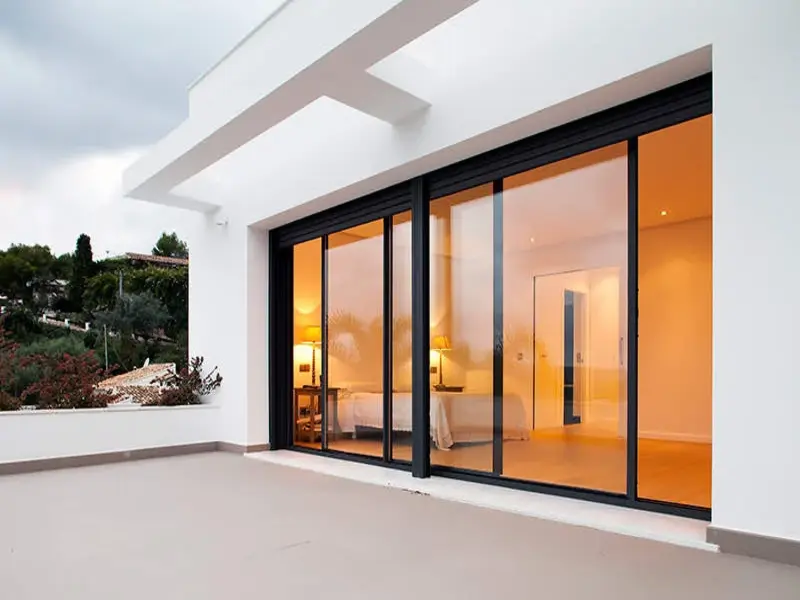
14. Choose the Right Scale
When selecting furniture and decor for a small space, scale is crucial. Oversized furniture can overwhelm a room, while too many small pieces can make it feel cluttered. Aim for a balance by choosing pieces that are appropriately scaled for your space.
Scale Tips
- Measure First: Always measure your space before purchasing furniture.
- Balance: Mix larger statement pieces with smaller functional items.
- Compact Furniture: Opt for furniture designed specifically for small spaces.
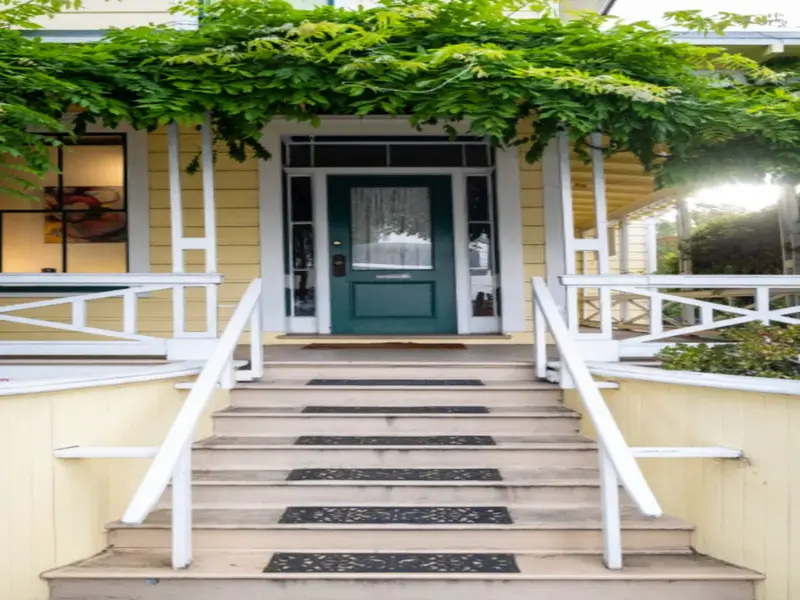
15. Embrace Minimalism
Minimalism is an excellent approach for small spaces. By focusing on essential items and keeping the decor simple, you can create a clean and uncluttered look.
Benefits of Minimalism
- Less Clutter: Reduces visual clutter and makes the space feel larger.
- Focus on Quality: Allows you to invest in high-quality essential items.
- Calming Environment: Creates a peaceful and serene atmosphere.
Minimalism Tips
- Declutter Regularly: Keep only items that are functional or bring joy.
- Neutral Palette: Stick to a neutral color palette with pops of color.
- Functional Decor: Choose decor items that serve a purpose, such as storage.
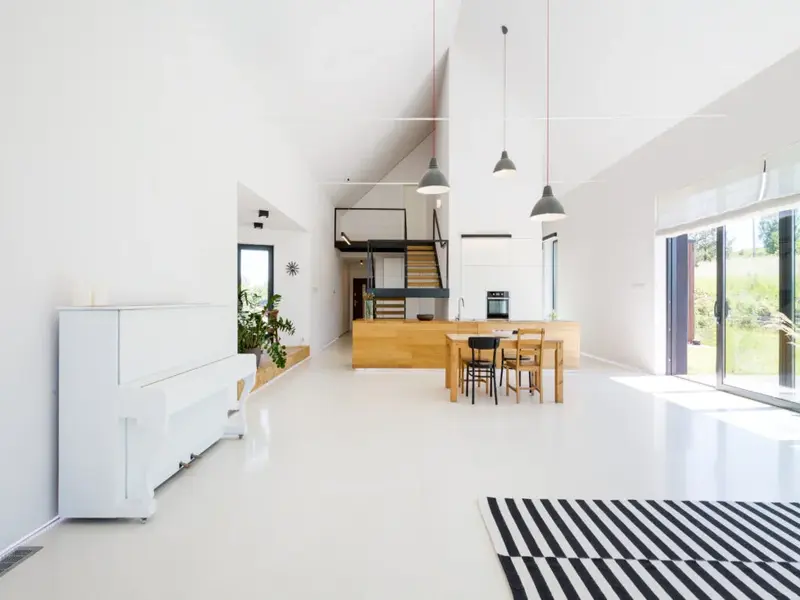
Conclusion
Transforming a small space doesn’t have to be daunting. With these smart tips and a bit of creativity, you can make your compact living area both functional and beautiful. For more expert advice and inspiration, don’t forget to visit our blog Best Interior Design.
By incorporating these interior design strategies, you can make your small space work for you, creating a home that feels spacious, organized, and stylish. Happy decorating!

In conclusion, the key to successful interior design for small spaces lies in thoughtful planning and strategic use of space. By following these tips, you can transform your small space into a beautiful, functional, and comfortable home. Whether you’re dealing with a tiny apartment or a compact room, these strategies will help you make the most of every inch. For more inspiration and ideas, be sure to explore our other blogs and portfolio. Happy decorating!
